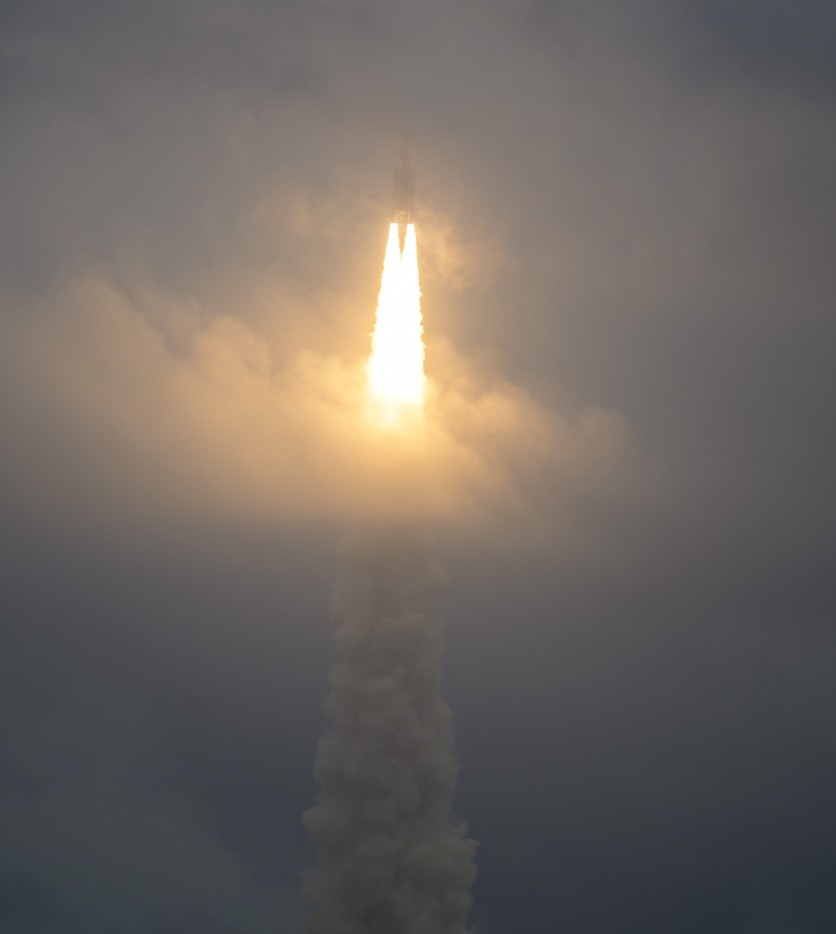NASA's innovative new James Webb Space Telescope used its onboard thrusters for over five minutes (297 seconds) to execute the last postlaunch course correction to Webb's trajectory. This mid-course correction put JWST into its final orbit at the second Sun-Earth Lagrange point, or L2, which is about 1 million miles distant from Earth.
Controllers on Earth will now spend the next few months fine-tuning the telescope so that it is suitable for scientific use. Several specialists revealed the space objects of celestial entities that JWST may photograph. The Pillar of Creation, the Tarantula Nebula, the Horse Head Nebula, the Monkey Head Nebula, and many others are among them.
The telescope was too large to go to orbit in its full state, so it had to launch folded within its rocket. JWST began an exceedingly intricate routine of shape-shifting and unfurling as it reached space, a dance that no spacecraft had ever attempted before. JWST, on the other hand, completed all of its main deployments on January 8th and blossomed into its full configuration.
Read Also : How To Watch NASA James Webb Space Telescope's L2 Arrival! Here's the Estimated Date and More

James Webb Space Telescope: Deployment and Success
Those deployments were fraught with tension, since they had to go off without a hitch; one misstep might have compromised JWST's whole mission. The mission team's concern, however, did not stop with the unfurling.
In order to accomplish its work successfully, JWST needed to get into its ultimate location in orbit. If the observatory didn't slow down exactly correctly today, the spacecraft may end up in the incorrect orbit or altogether miss its goal course. A failure of this magnitude may have jeopardized the mission's viability, making communication with the roughly $10 billion space observatory extremely difficult for scientists.
Thankfully, JWST executed this final move successfully. In a statement, Bill Ochs, the JWST project manager at NASA's Goddard Space Flight Center, stated, "During the last month, JWST has achieved incredible success and is a credit to all the individuals who dedicated many years, if not decades, to assure mission achievement."
Webb's orbit will provide it with a vast view of the universe at any one time, as well as the chance for its telescope optics and scientific equipment to cool down to the point where they can operate and conduct optimal testing. Webb has used as little propellant as feasible for course corrections as it goes out to the domain of L2, leaving as much propellant as possible for Webb's normal operations: station-keeping (minor changes to keep Webb in its planned orbit) and momentum unloading during its lifespan (to counteract the effects of solar radiation pressure on the huge sunshield).
This vital conclusion brings the observatory's perilous voyage across the universe to a close, allowing the science to commence. However, we will have to wait a little longer for JWST's observations to begin. Before commissioning the observatory, scientists and engineers will begin carefully aligning the telescope's mirrors and testing all of its sensors to ensure they're ready to acquire the first amazing photos of the Universe's most ancient stars and systems.
This procedure will take many months, but if everything goes well, the first historical photographs recorded by JWST might be sent to Earth as early as this summer.
Related Article : NASA James Webb Space Telescope First Image Will Have to Wait For Months-No Cameras Yet?
This article is owned by Tech Times
Written by Krizzia Puatu
ⓒ 2025 TECHTIMES.com All rights reserved. Do not reproduce without permission.




